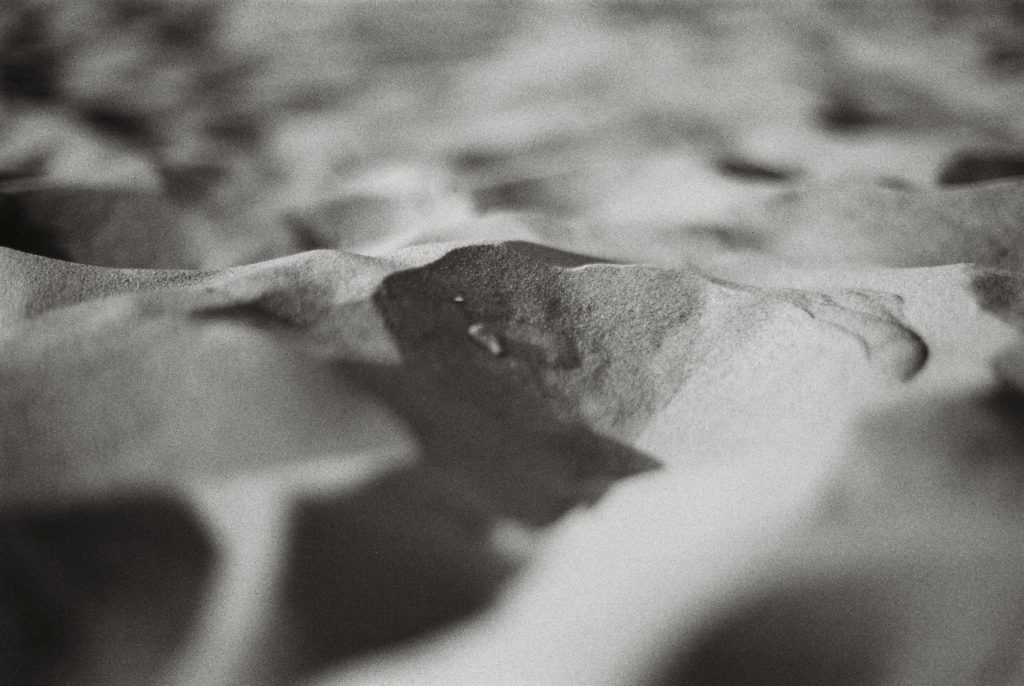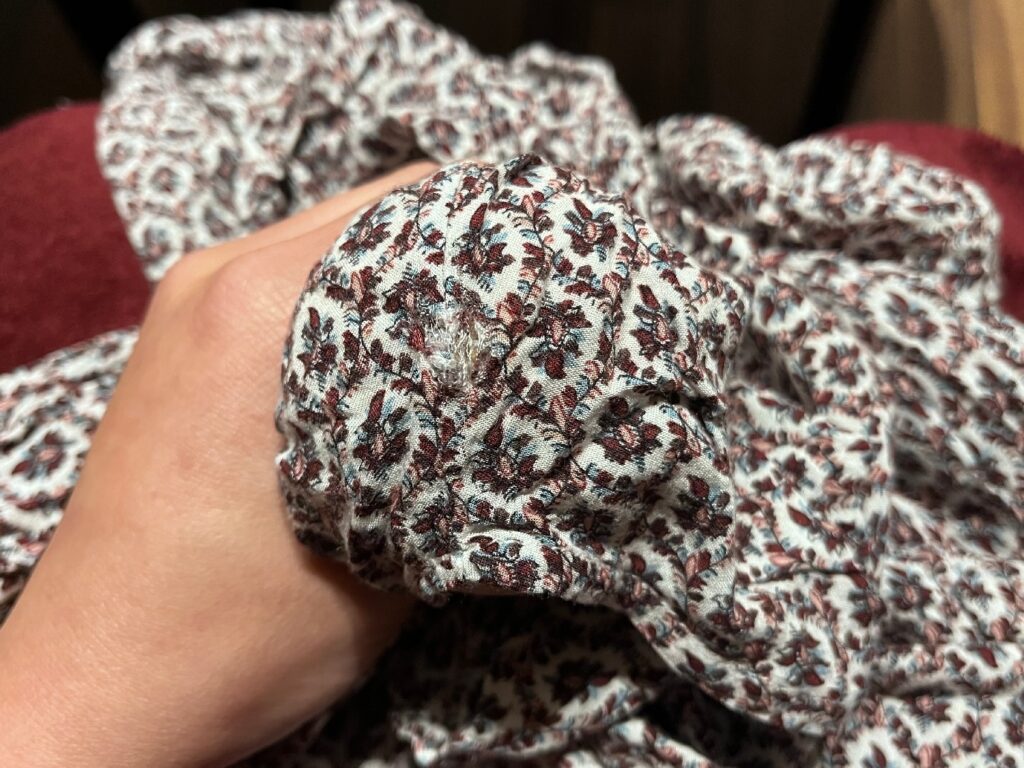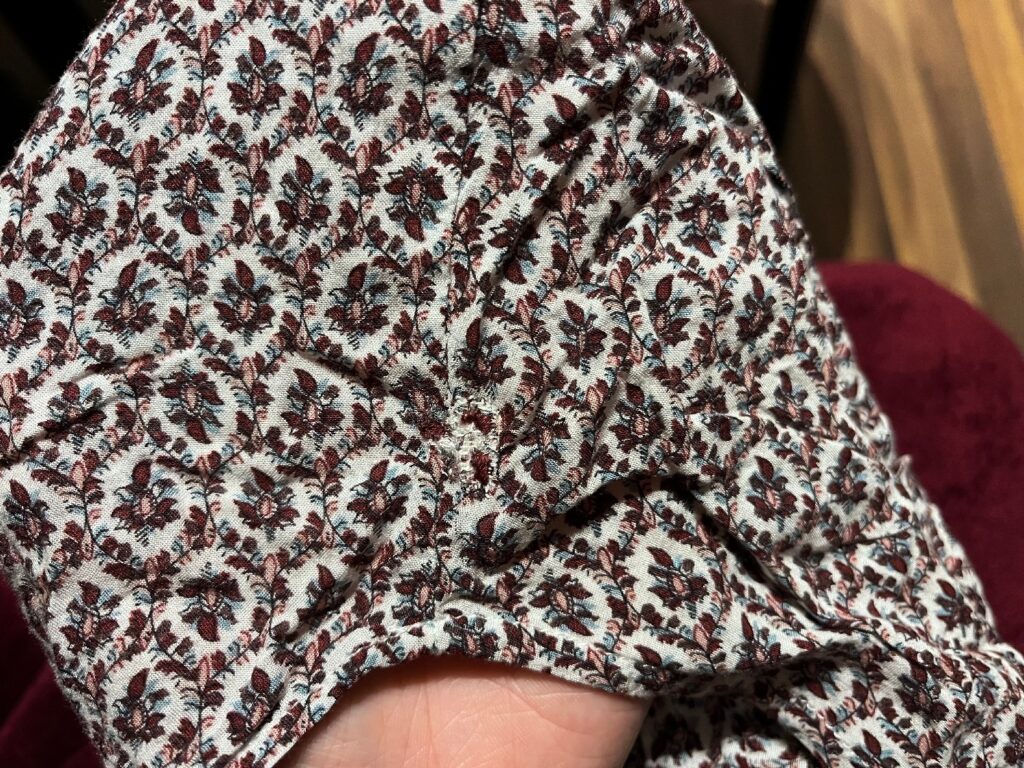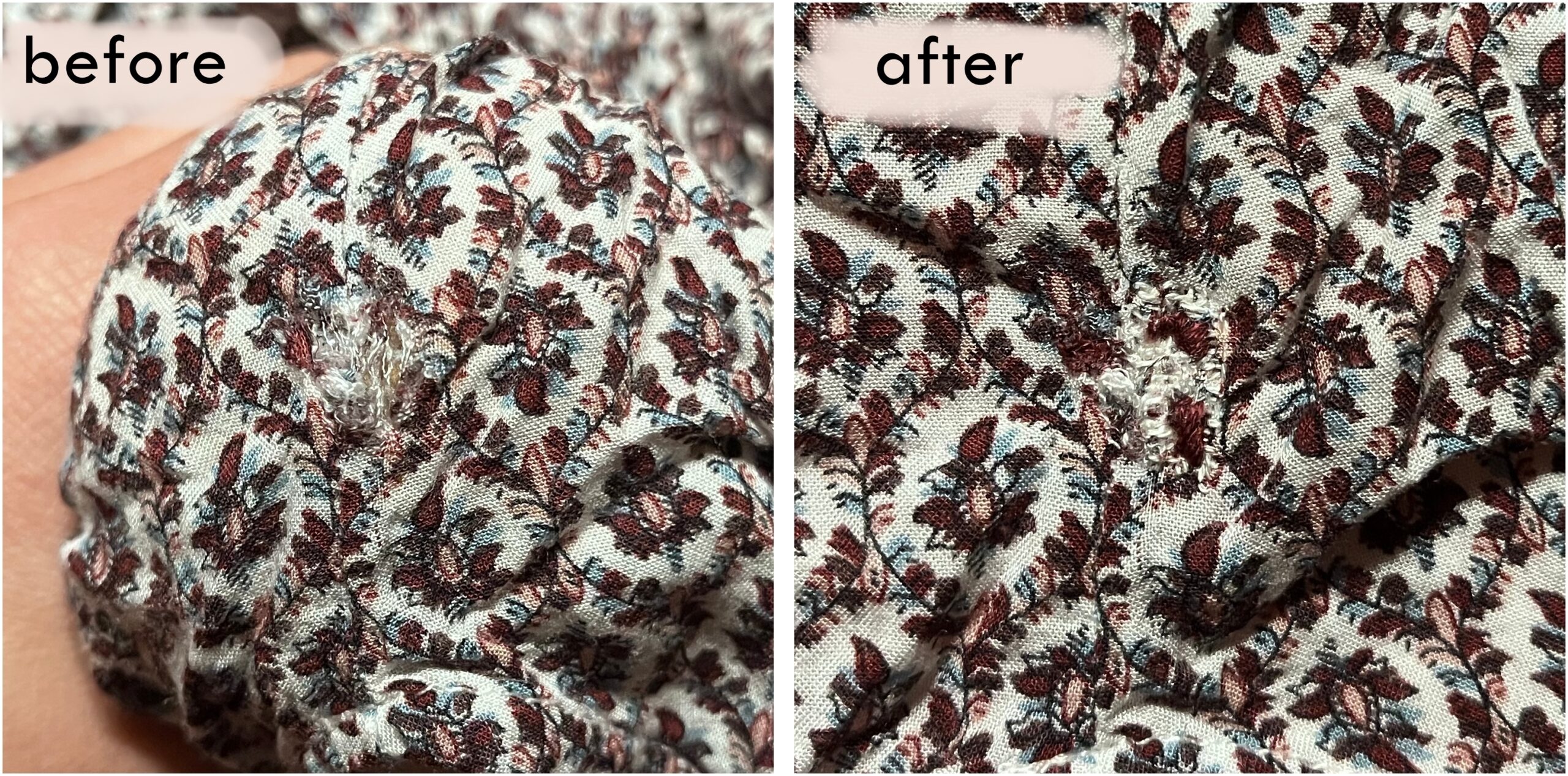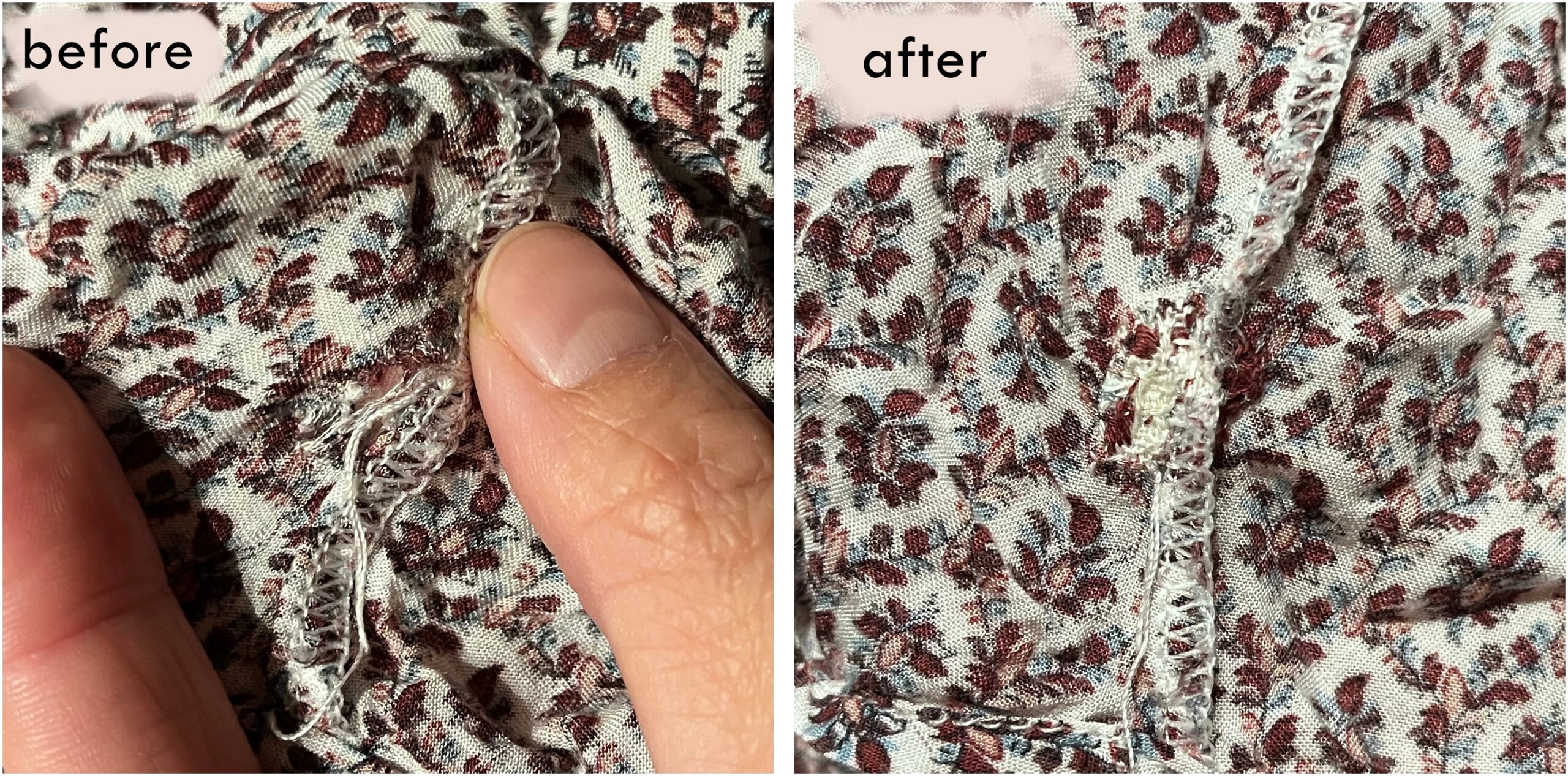„The journey is the reward/destination“ – Who doesn't know this saying? But have I understood it? Until recently: not really.
The fish
It all started when a friend and I arranged to meet up to draw together. I wanted to draw a fish. At the time, I hadn't picked up a pencil to draw for years - and it looked like exactly like that. I was frustrated, she realized this and together we analyzed the situation. Our conclusion: as far as the fish was concerned, I was acting in a goal-orientated way. The goal was the goal. In this context, that meant that I wanted to draw the fish as quickly as possible. Without detours, without mistakes. My head wanted the perfect fish. Right now! And even though I knew that this was unrealistic, I couldn't switch it off. However, my friend advised me to be more process-orientated and to enjoy the journey, just in line with the calendar motto given in the title.
Ever since, I have asked myself often:
If I am the one way (goal-oriented) but want to be the other way (process-oriented): How do I get there?
What is what?
After some superficial research, questions and considerations, I made the following notes:
Goal-oriented
I want to reach the goal as fast as possible . Preferably right now. Even if it is unrealistic to reach your destination by the most direct route, you still expect this ideal path. No looking to the left or to the right. Just straight forward. You see your destination in a tunnel view.
Process-oriented
The journey/process is at least as important as the goal itself (I know, still very vague).
Compared to the tunnel view, the path takes on colour and form, because I observe the path. How do I observe the path, the journey?
- To live in the here and now, to experience the moment and feeling content – keyword mindfulness
- Enjoy the daily efforts (instead of being annoyed/frustrated)
- Surprises (positive and negative), challenges and setbacks are 100% part of the journey. And therefore to be expected. This results in learnings for the path ahead. You have a neutral to positive attitude towards the whole thing.
- Time plays a subordinate role, so patience is sometimes required
Once again the fish, but now process-oriented
Today, after a few years have passed and I have had enough time to consciously and unconsciously familiarize myself with it, I know that "the journey is the reward" mindset for drawing the fish would have meant the following: my eraser would have been one of my best friends, alongside my pencil. I would have drawn and erased because the proportions wouldn't have fit and started again. I would have known that I will not draw the same line again because it is too short. And I would have accepted that. Or alternatively I wouldn't have used an eraser, accepted the short line with a shrug and carried on.
The bullet points seem a little empty at first glance. But when I dive into the words, I know what is meant. Above all, I feel it. It's a mindset (sorry for the buzzword), an attitude that you adopt. Not getting angry or getting less angry because I know that mistakes and supposed detours are part of it. And to be relaxed overall and realizing that something is happening.
At some point, I'm sure I'll reach the point where I'm frustrated because I've had so many setbacks. Or to put it another way: Enough learnings for the moment. Then I would have stopped and taken a break. It is exhausting. Next time, I'll pick up where I left off. Or suddenly, I would have felt like sharpening the pencil and doing it differently - and realized: I like that! Again, again!
We are all familiar with what I have described here. It's called learning. Learning is goal-orientated but the path to the goal is the exciting part. It is not always easy and certainly not straightforward – which is why you are all the more proud of yourself when you have travelled the path and look back.
Finally, this calendar motto is no longer an empty shell for me and I can start a more fulfilling life ✨ I actually mean it - even though I have dismissed the saying somewhat disparagingly as a calendar motto all this time.
Coincidentally, I listened to a song which matches this text when I started writing it as our calendar motto is featured as well (german lyrics): 🎵 Tigermilch – Schritt für Schritt
Internet sources that have helped me along the way (no claim to scientific accuracy; german)
Pictures were first posted here: North Sea | Sunny 16 #2 (Set 4/6)


